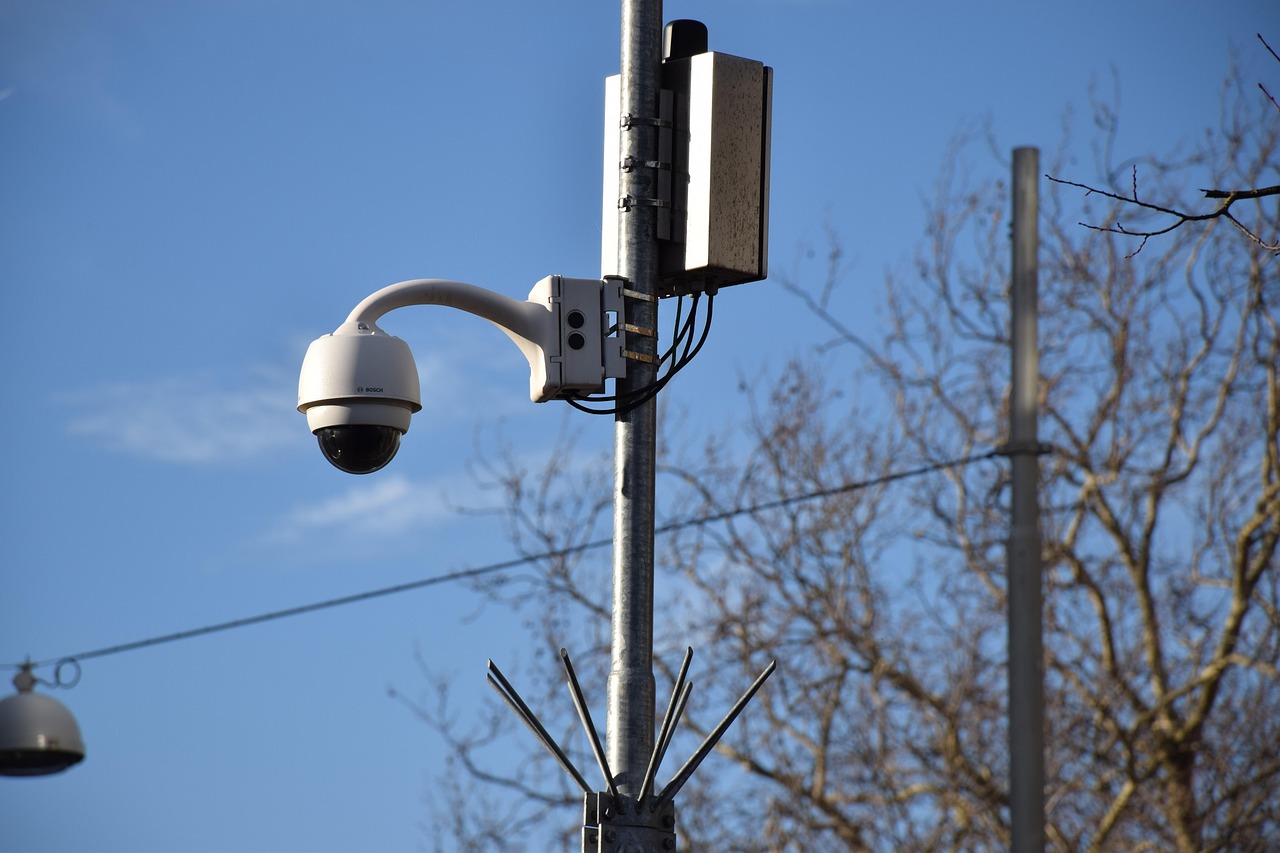Namibia Tests Stablecoin for Public Transport Fares

In a pioneering move that signals a shift towards digital currency integration in public services, Namibia is testing the use of a stablecoin for public transport fares. This initiative is part of a broader strategy to enhance financial inclusion and streamline payment systems in the country. The pilot program, which commenced in the capital city of Windhoek, aims to assess the practicality and efficiency of stablecoins as a medium of exchange in everyday transactions.
Stablecoins, a subset of cryptocurrencies, are designed to minimize price volatility by pegging their value to a stable asset or a basket of assets. This characteristic makes them an attractive option for transactional purposes compared to more volatile cryptocurrencies such as Bitcoin or Ethereum. In Namibia, the stablecoin being tested is backed by the local currency, the Namibian Dollar (NAD), ensuring its value remains consistent with the traditional fiat currency.
The initiative is spearheaded by Namibia’s Ministry of Finance in collaboration with local fintech companies and public transport authorities. The project leverages blockchain technology to facilitate secure, transparent, and efficient transactions. By integrating a digital currency system, Namibia aims to address several challenges in its public transport sector, including reducing cash handling, improving fare collection efficiency, and minimizing operational costs.
Globally, the use of blockchain technology and digital currencies in public transport systems is gaining traction. Countries like Sweden, China, and Singapore have explored or implemented similar technologies to enhance their payment systems. In Sweden, the public transportation company SL has experimented with blockchain solutions for ticketing, while China has been rapidly advancing its digital yuan trials, including in transit systems. These international efforts highlight a growing recognition of the potential benefits of digital currencies in public infrastructure.
For Namibia, the stablecoin pilot serves multiple strategic objectives:
- Financial Inclusion: By embracing digital payments, Namibia aims to provide unbanked and underbanked populations with access to a formal financial ecosystem.
- Economic Efficiency: Digital transactions can reduce the costs associated with cash handling and increase the speed of transactions.
- Data-Driven Insights: The use of blockchain technology enables the collection of real-time data, offering insights into passenger trends and operational efficiency.
- Technological Advancement: Adopting cutting-edge technology can position Namibia as a leader in digital innovation within the African continent.
The pilot program’s rollout involves equipping select public transport vehicles with point-of-sale devices capable of processing stablecoin transactions. Passengers can use a mobile application to load their stablecoin wallets, which are linked to their bank accounts or preloaded with cash at designated kiosks. The trial phase will evaluate user experience, transaction speed, and system security.
Despite the promising prospects, the program faces several challenges. Ensuring widespread access to the necessary technology, such as smartphones and internet connectivity, is crucial to the initiative’s success. Additionally, regulatory frameworks must be established to govern the use of digital currencies in the public domain, addressing potential concerns around privacy, security, and fraud prevention.
Namibia’s stablecoin experiment in public transport is a critical step towards integrating digital currencies into the country’s financial system. As the pilot progresses, it will provide valuable insights into the feasibility of broader implementation and contribute to the global discourse on digital currency adoption in public services. The outcomes of this initiative could serve as a model for other nations seeking to modernize their payment systems and enhance financial inclusion through innovative solutions.














